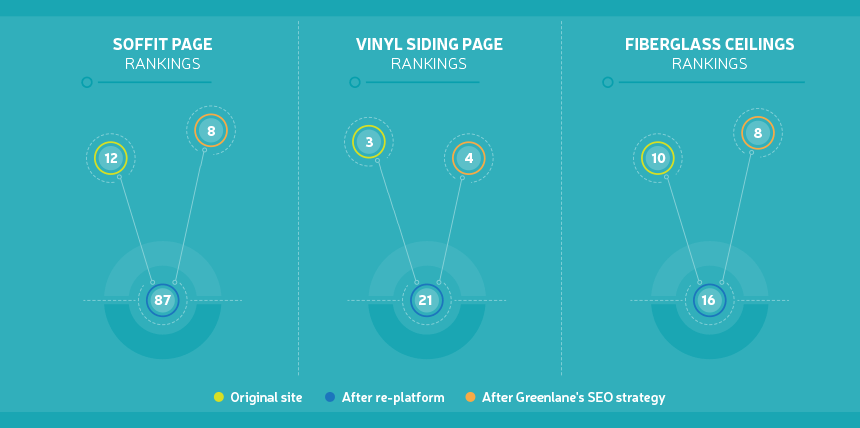Data Confidence Gained by an Analytics Audit
The Challenge
Our client underwent an extensive relaunch prior to onboarding with Greenlane. It was quickly determined that many of their post-relaunch problems stemmed from a lack of data development and management during relaunch plans. Based on early analysis (a mini analytics audit, stakeholder discussions, and evaluation of client data repository), we found that the site had been running an outdated version of ga.js with “customizations” to replicate certain logic. We also found incomplete and inconsistent analytics doe firing. We knew we needed to act fast to reverse the damage.
The Goal
Create trustworthy and usable data after a new site relaunched.
The Strategy
Due to the knowledge gained in our early analysis, we knew we would need to help our client with KPI development, auditing of existing analytics setup, training their staff on new data collection methodologies and reporting structures for better-informed decisions
We recommended that the analytics be updated to analytics.js logic combined with a Google Tag Manager implementation to reduce dependencies on the development team and allow for a streamlined process.
The new implementation included custom tracking within form elements to better understand how customers were engaging with the form, at what step they were abandoning the form, and if certain fields presented more issues to customers than others. Scroll and YouTube tracking were also added to provide more robust reporting. A project plan was developed, which included our recommendations, why we recommended them, how they should be implemented and in what order.
The Results
Increased data collection, along with a growing trust in the data internally, created data adoption within the organization. This new confidence led to writing and publishing tags of their own in GTM, and incorporating data into decisions for all of their business units.
Data helped identify and prioritize areas of the site to be revamped. This included insight into an SEO strategy to reclaim lost rankings. It also helped rectify incorrect data usage. Prior to relaunch, it was believed that most consumers were visiting at least 75-80% of a page. With the introduction of scroll tracking, we saw that consumers were typically only viewing the top 50% of the pages. This lead to new page layout recommendations, as key product features and interactive tools were well below the 50% mark on each page.


